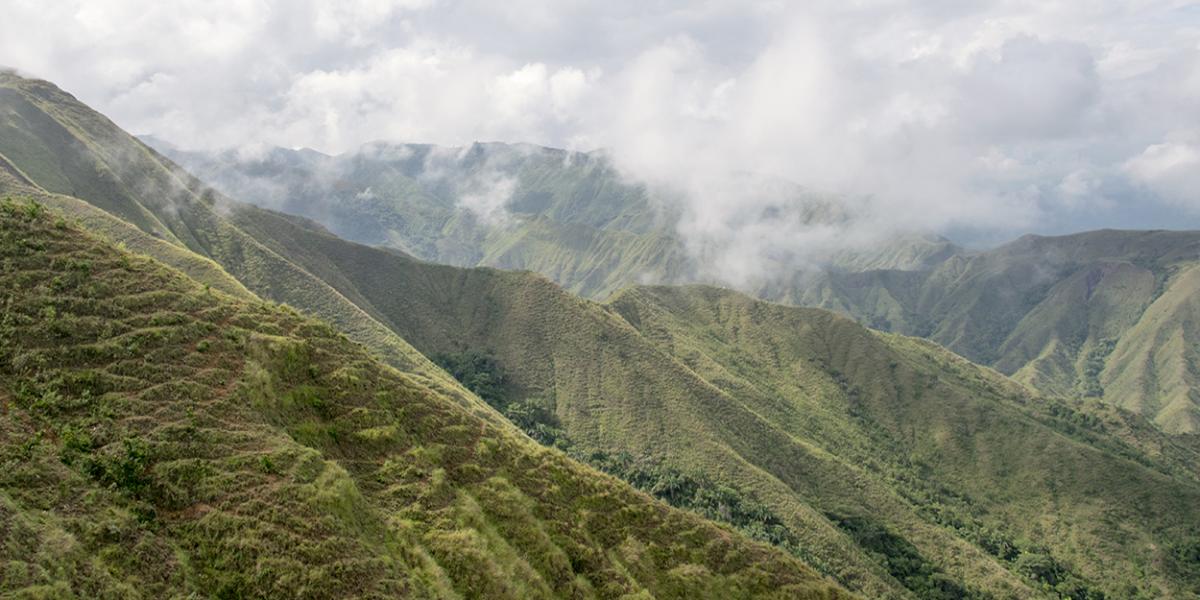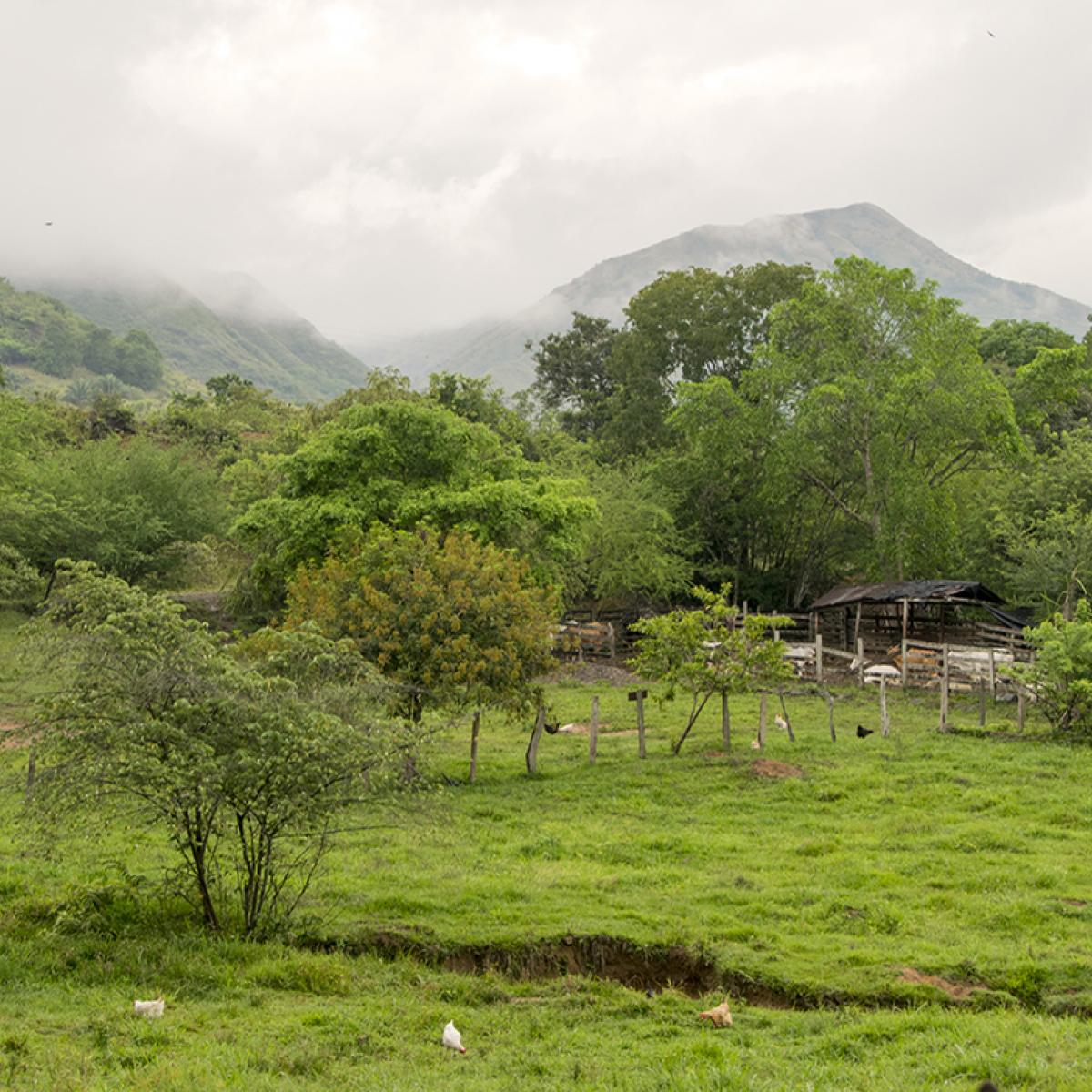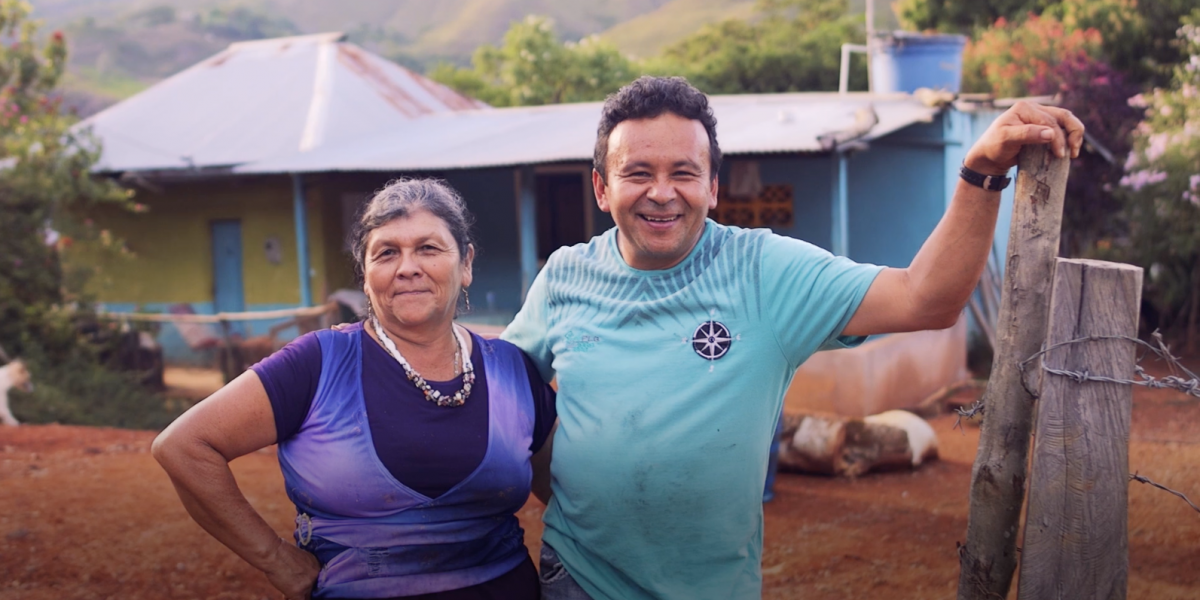Peace of Land
After Colombia’s civil war, a mother and son return home to their farm
Video by Dave Cooper | Photos Susanna Jolly
April 2018
Every week, there were killings. Terrified, Enrique and his mother abandoned their farm in Balsillas, a small village in the mountains of central Colombia.
“There’s no cure for fear,” Eloisa said.
They fled to Bogota. With few skills and no connections in the city, Enrique struggled to find work. They spent four years living in poverty in the city, waiting for the conflict to subside.
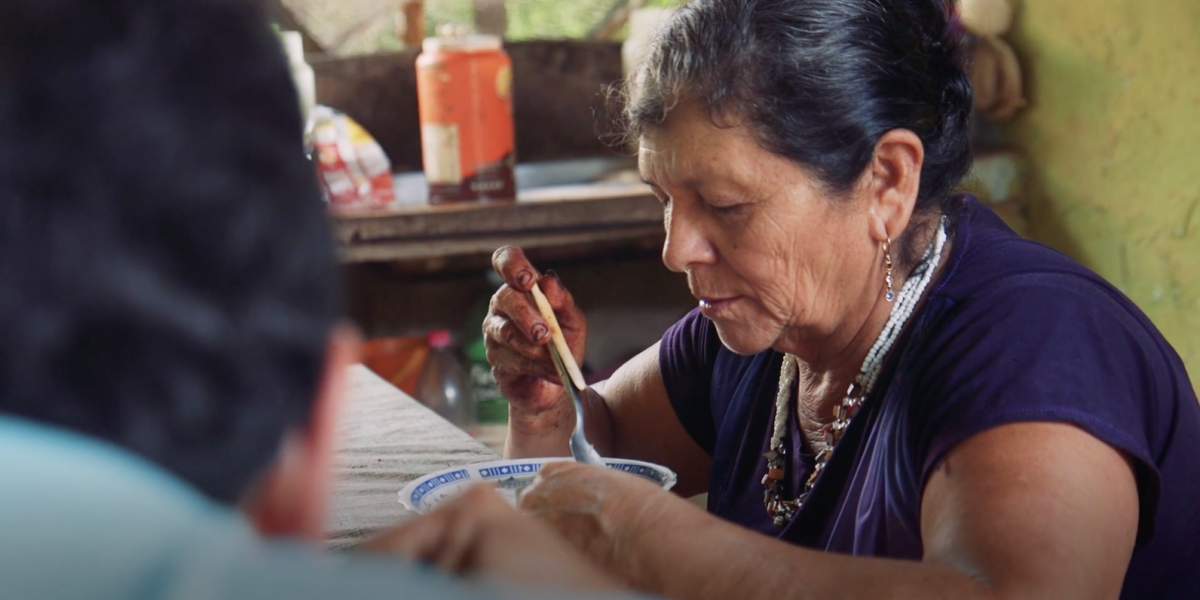
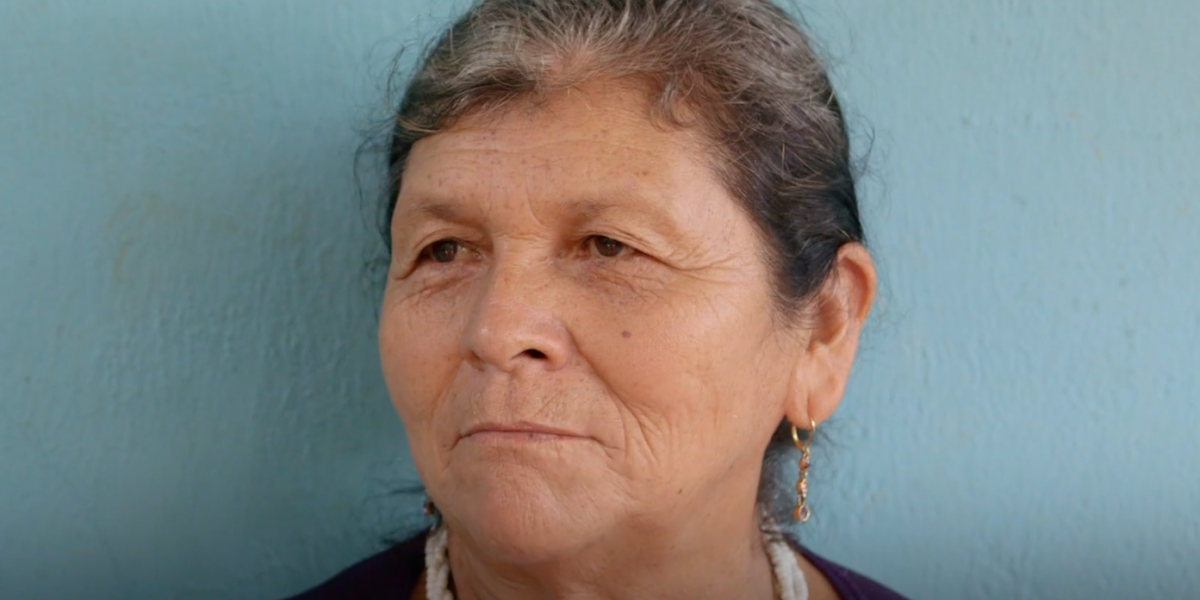
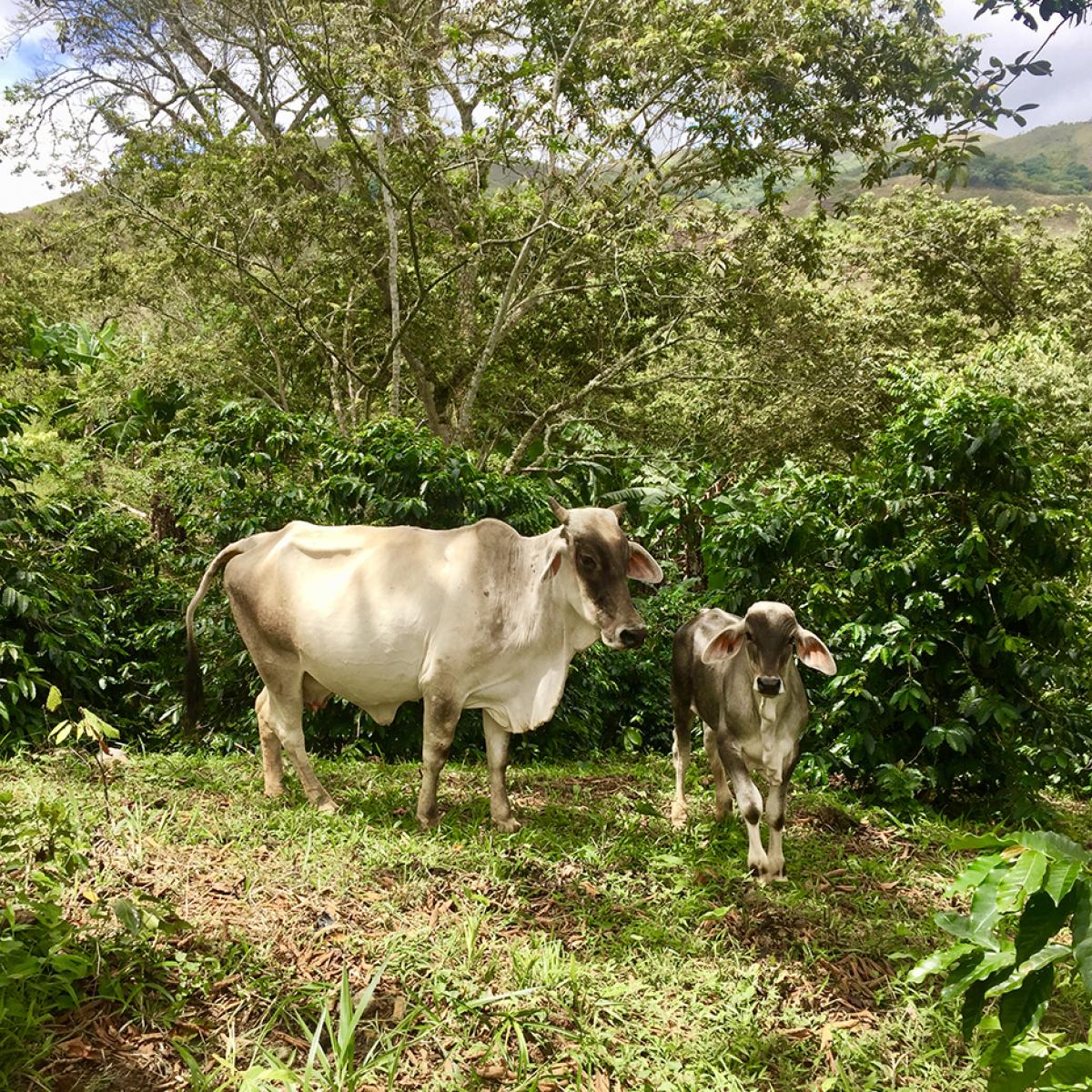
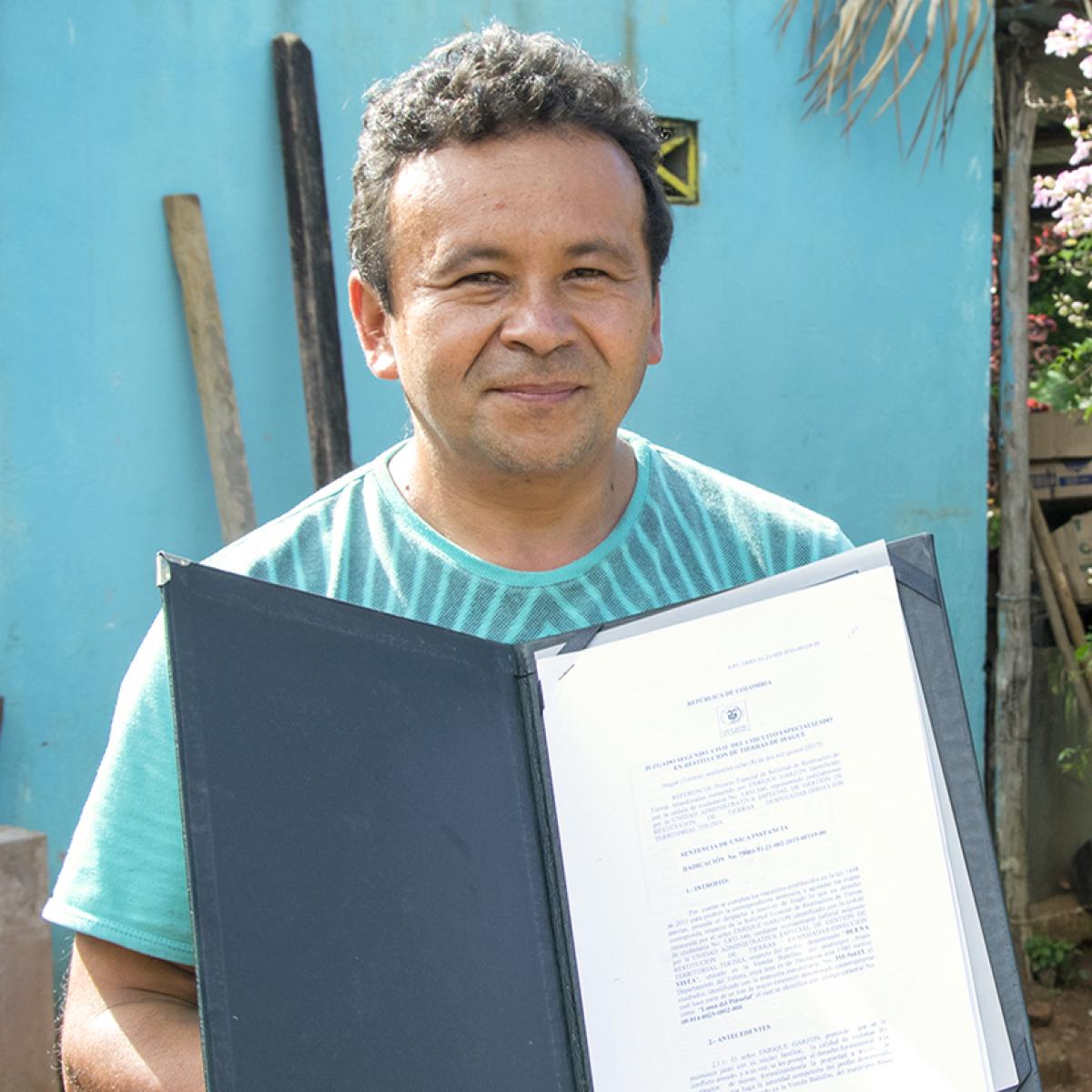
A Powerful Piece of Paper
For decades, Enrique and Eloisa had no official rights to their land.
Now, Enrique is the proud owner of a powerful piece of paper: a land title.
“The land restitution the government gave us provides us with a very good future,” Enrique said.
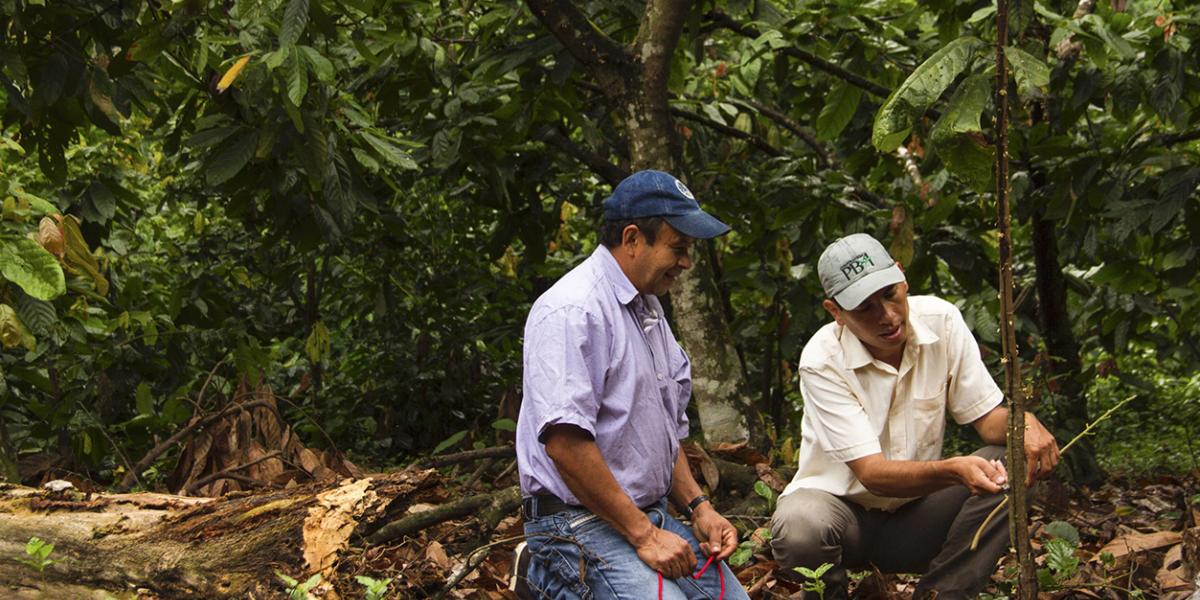
Today, Eloisa and her son Enrique are helping to build a more prosperous future for Colombia by returning to the land they lost. With clear property rights, Enrique has greater security. He is investing in improvements on the farm, so they can earn more income.
“For me, it was very important to return here to the farm because I started to grow cacao, coffee, plantains, cassava,” Enrique said.
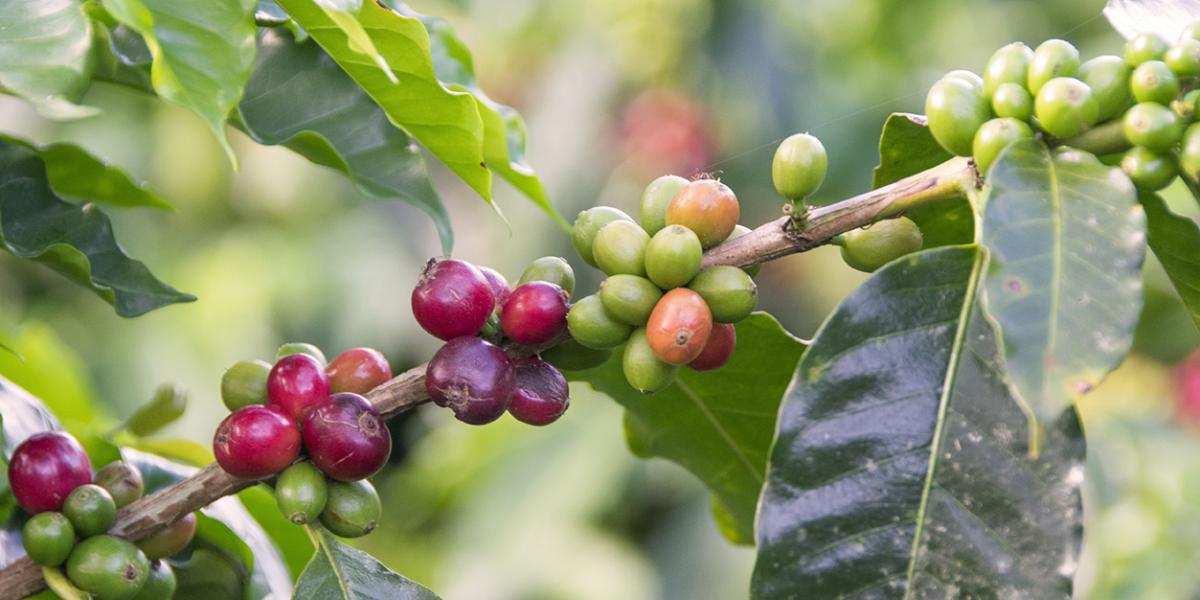
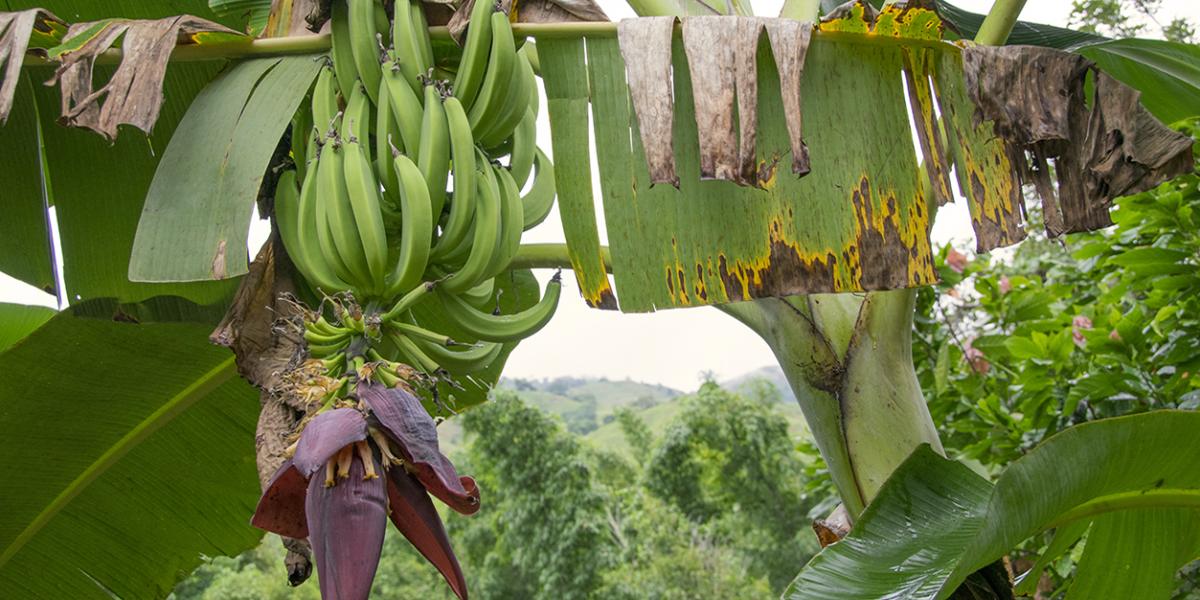

Enrique attends a farm school to learn about the diseases that affect cacao, different cacao varieties and the process for cloning the trees.
He and his mother have 35 cacao trees in production on their farm and more than 900 trees that are clones of different varieties.

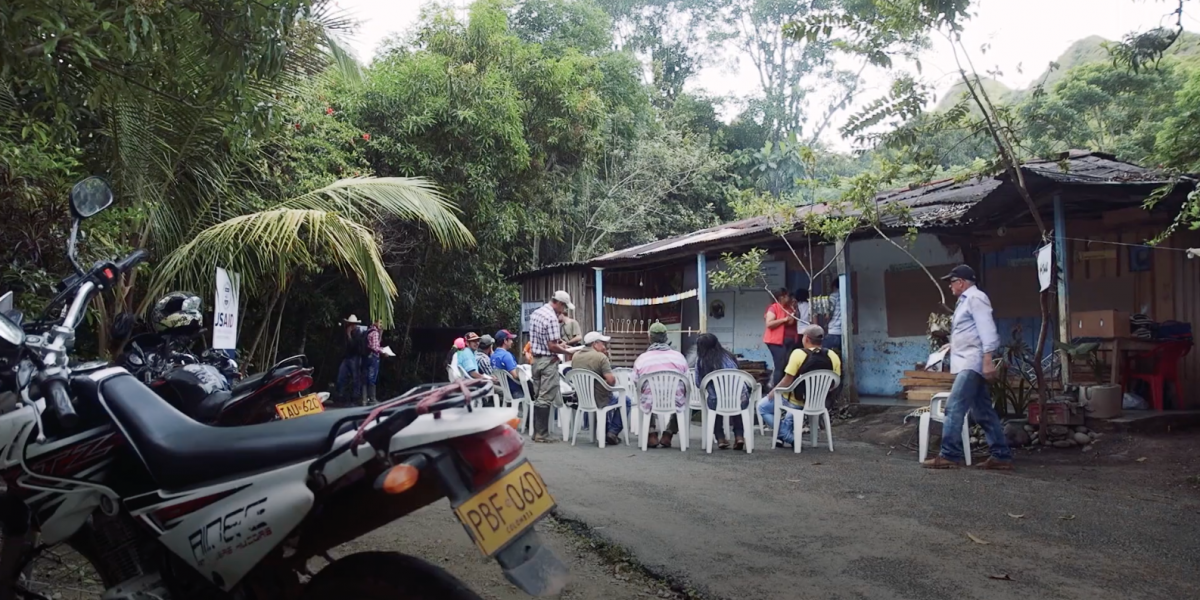
Connected to Markets
Enrique now sells his main cash crop, cacao, to a local buyer to be refined into chocolate, packaged and sold nationally.
“As for the crops, when you can grow what you plant, you can save for the future,” Enrique said.
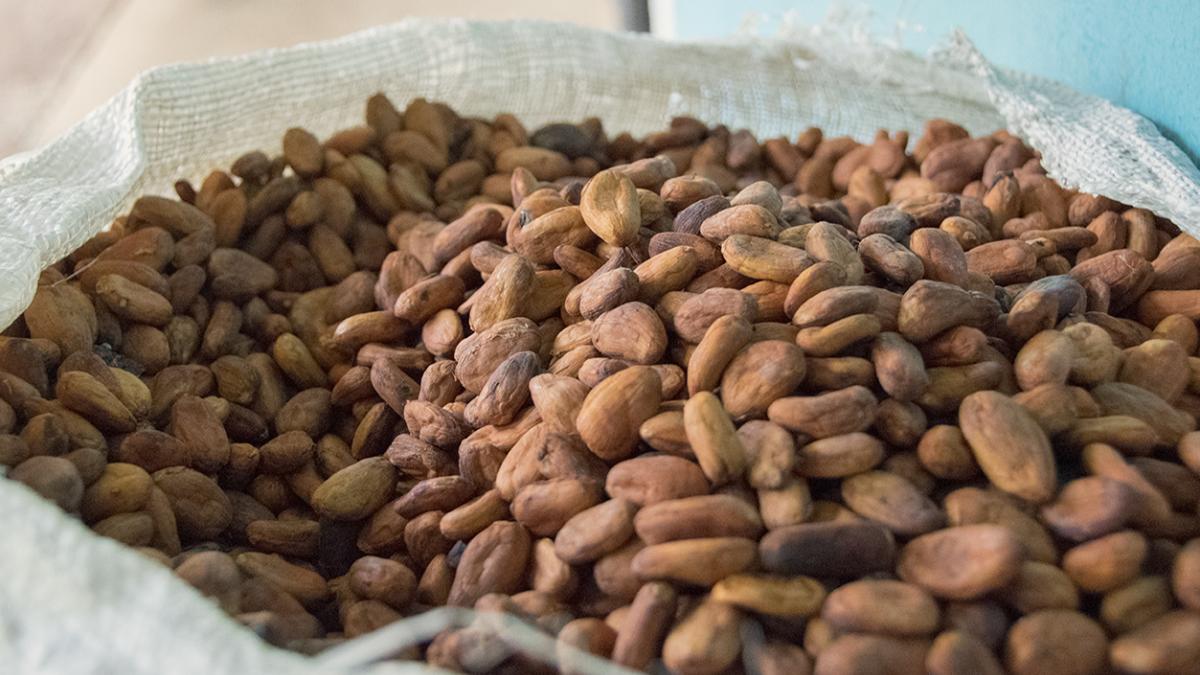
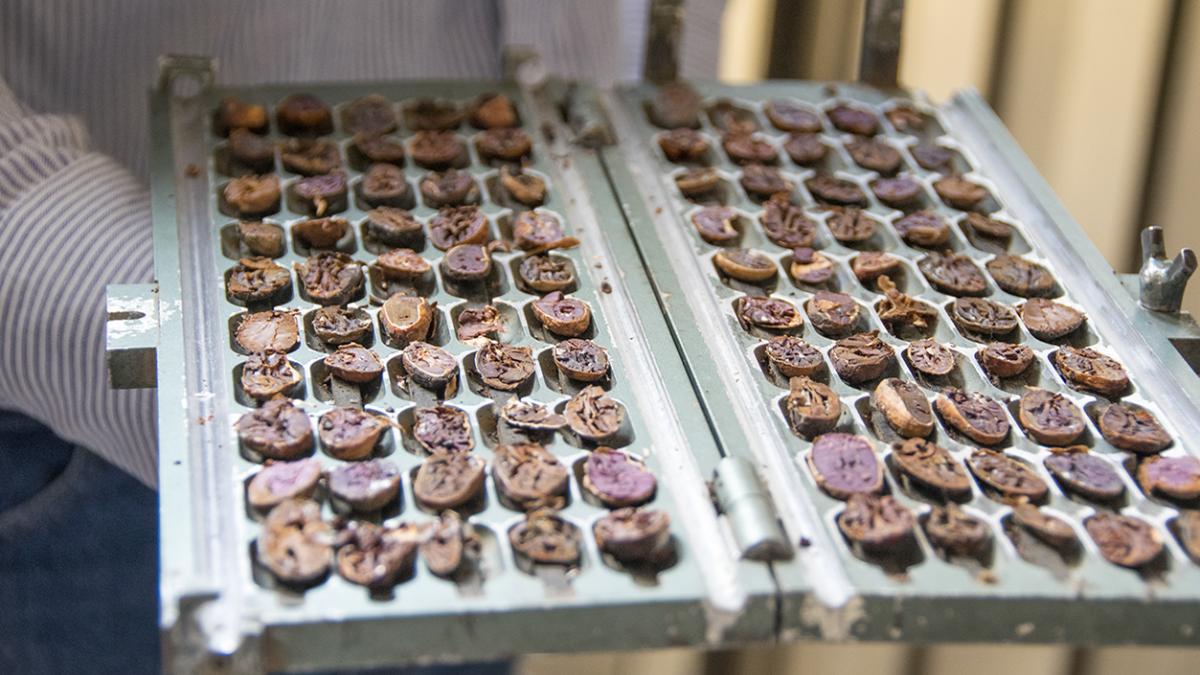
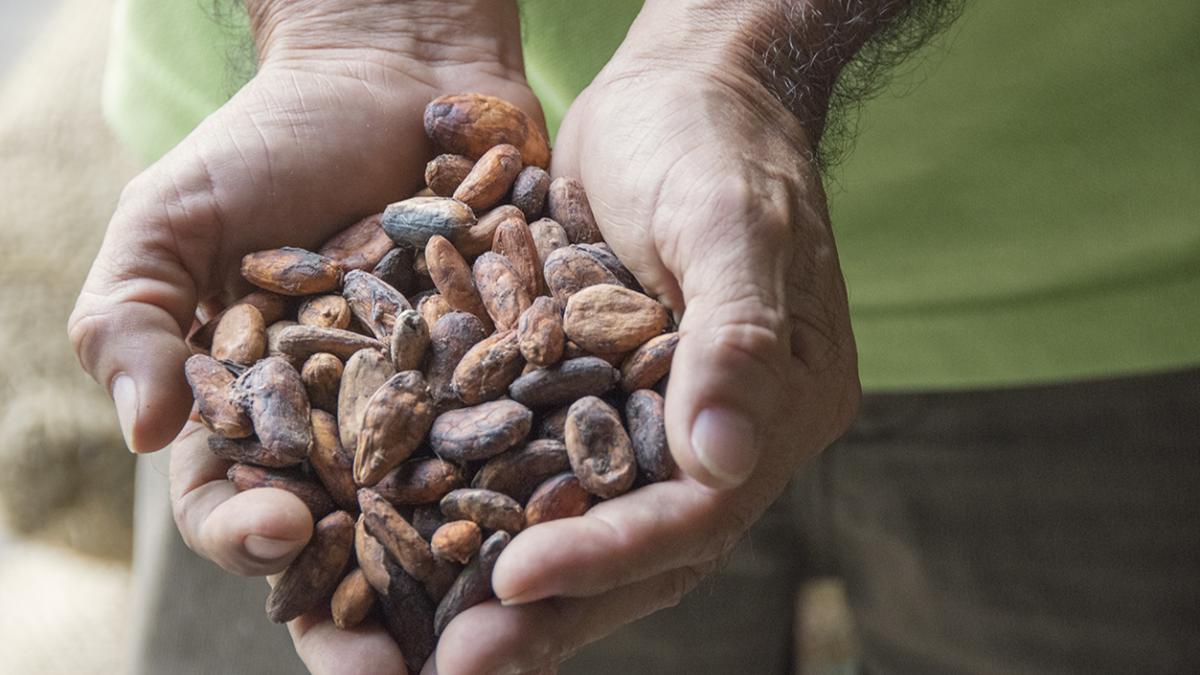
Eloisa also loves to prepare traditional Colombian chocolate from the cacao they grow.
“We have relaxed lives, go to bed with no worry, work peacefully, without any problems,” Eloisa said.
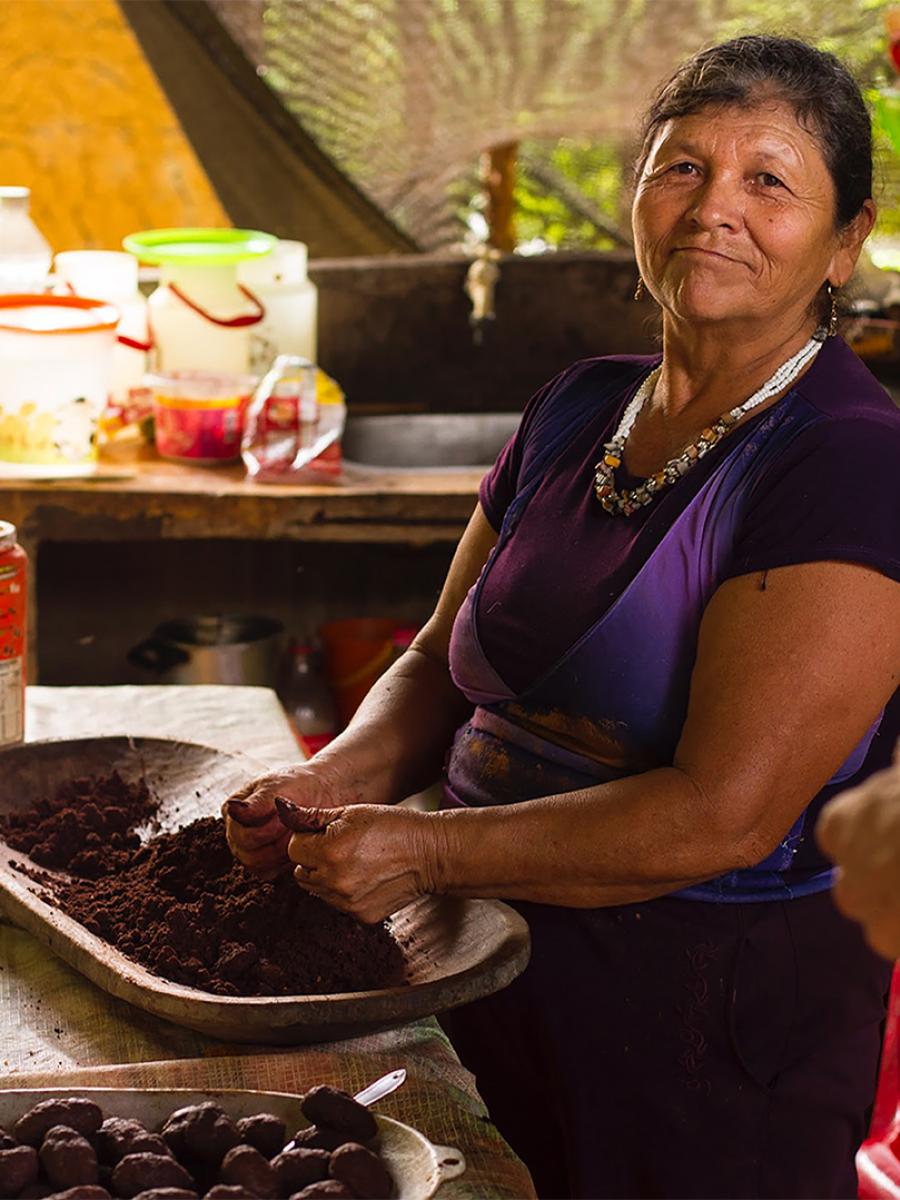
Eloisa was heartbroken to have to flee her beloved farm during the conflict. Now that she has returned to the land, she lovingly cares for a vibrant garden filled with flowers, plants and herbs.
Enrique said: “I saw my mom happier, more content.”

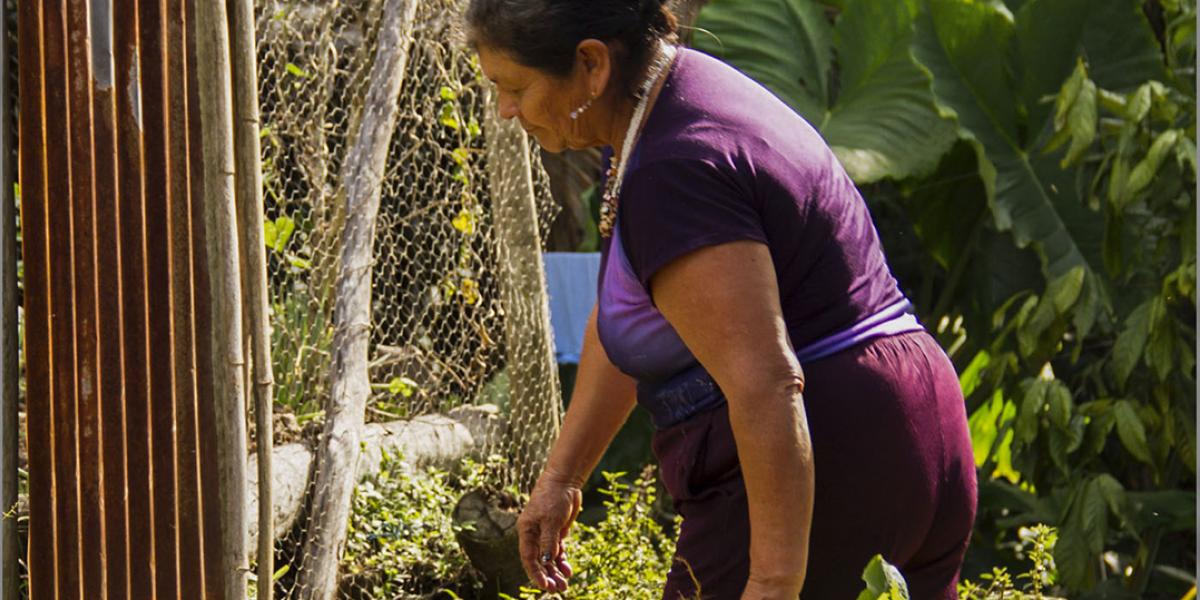
About This Story
Colombia’s 50-year civil war displaced about 6 million people. Grievances over land were at the heart of the conflict.
For the rural poor, who depend on agriculture for their livelihood, land is their most important asset. Yet many lack secure property rights. During the conflict, many poor farmers fled the violence that ravaged the countryside. In doing so, they were forced to leave behind their main source of income and identity: their land.
Today, USAID supports the Colombian Government in resolving these land issues.
For farmers like Enrique and Eloisa, that means being able to return to the land they lost in conflict and gaining a new sense of security in form of a legal land title.
With their land returned and their property rights secure, Enrique and Eloisa are now investing in their own future — expanding and diversifying crop production, learning modern farming techniques to increase harvests, and selling cash crops — with USAID’s support.


